RobotLAB Blog
Everything You Need To Know About Robotics in Businesses
What Are The Benefits Of Robotics In Education
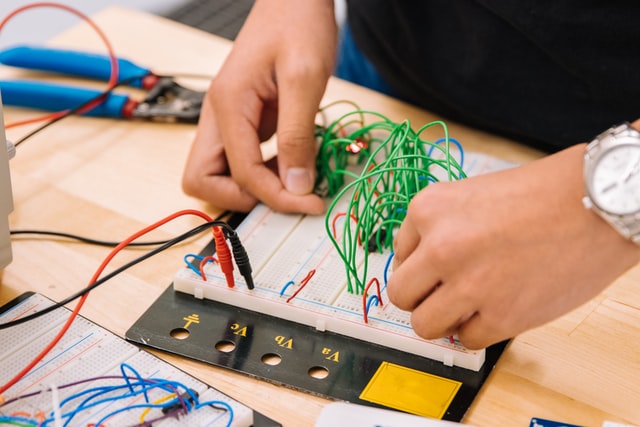 Image by Jeswin Thomas Unsplash.
Image by Jeswin Thomas Unsplash.
With the improvement in technology, many areas of our lives have changed. Robotics is essential in education as it comes with many advantages.
Students learn new skills and develop their knowledge. It helps students improve their attention, design, and teamwork skills. It brings students together to do something fun and worthwhile. Here are the main benefits of robotics in education.
- 1 Comments
- Sep 14, 2021 10:00:00 AM
- Posted by Maria Alejandra Calcetero
- Topics: Robotics, EdTech, STEM, Education, 21st Century Classroom, students, Technology, STEMchat, WomeninSTEM, Edchat, girlsinSTEM, k12, coronavirus, covid19, disinfection robots, Automation, virus-free, virus, disinfection
The Future Still Lies in Coding
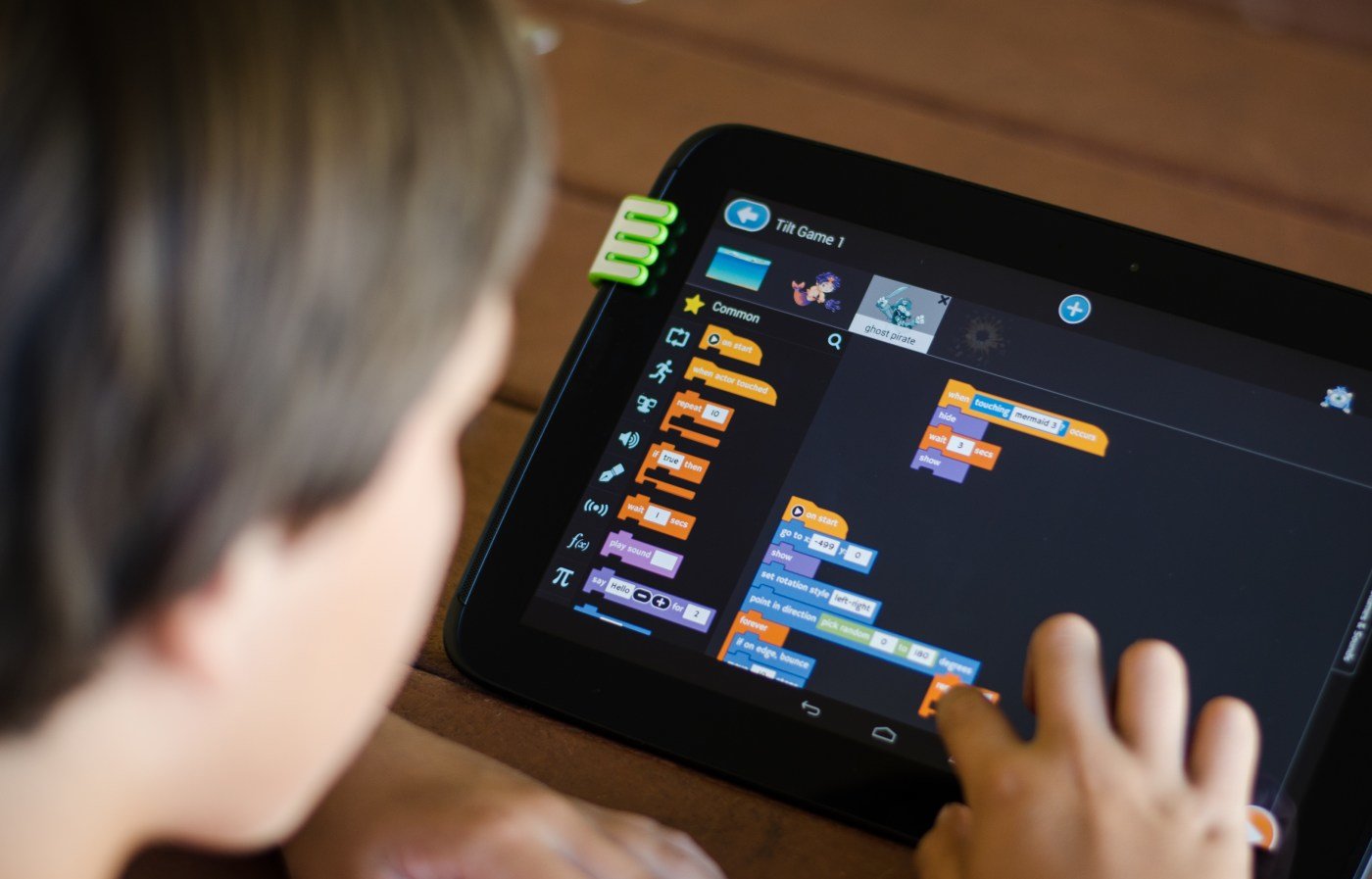 Image source: https://unsplash.com/
Image source: https://unsplash.com/
Coding is enormous in education right now.
No wonder. Coding offers so many academic benefits that schools cannot ignore its significance. Sequential processes, computational thinking, and creative problem-solving all make upcoding. It’s the new literacy in schools. There’s so much to like about coding that coding academies and boot camps are springing up everywhere.
Bootcamps can be expensive, but they are intensive. Participants learn as much as possible in three to six months, securing employment as a coder soon after that. Academies, on the other hand, tend to be more flexible. They offer coding training at all levels, and students create code in maker spaces.
Coding appeals to children of all ages. Not only are there plenty of outstanding apps with which to teach coding, but there are also schools focused intensely on learning how to code.
- 0 Comments
- Sep 13, 2021 10:00:00 AM
- Posted by Maria Alejandra Calcetero
- Topics: Robotics, EdTech, STEM, Education, 21st Century Classroom, students, Technology, STEMchat, WomeninSTEM, Edchat, girlsinSTEM, k12, coronavirus, covid19, disinfection robots, Automation, virus-free, virus, disinfection
5 Ways to Get Girls into STEM
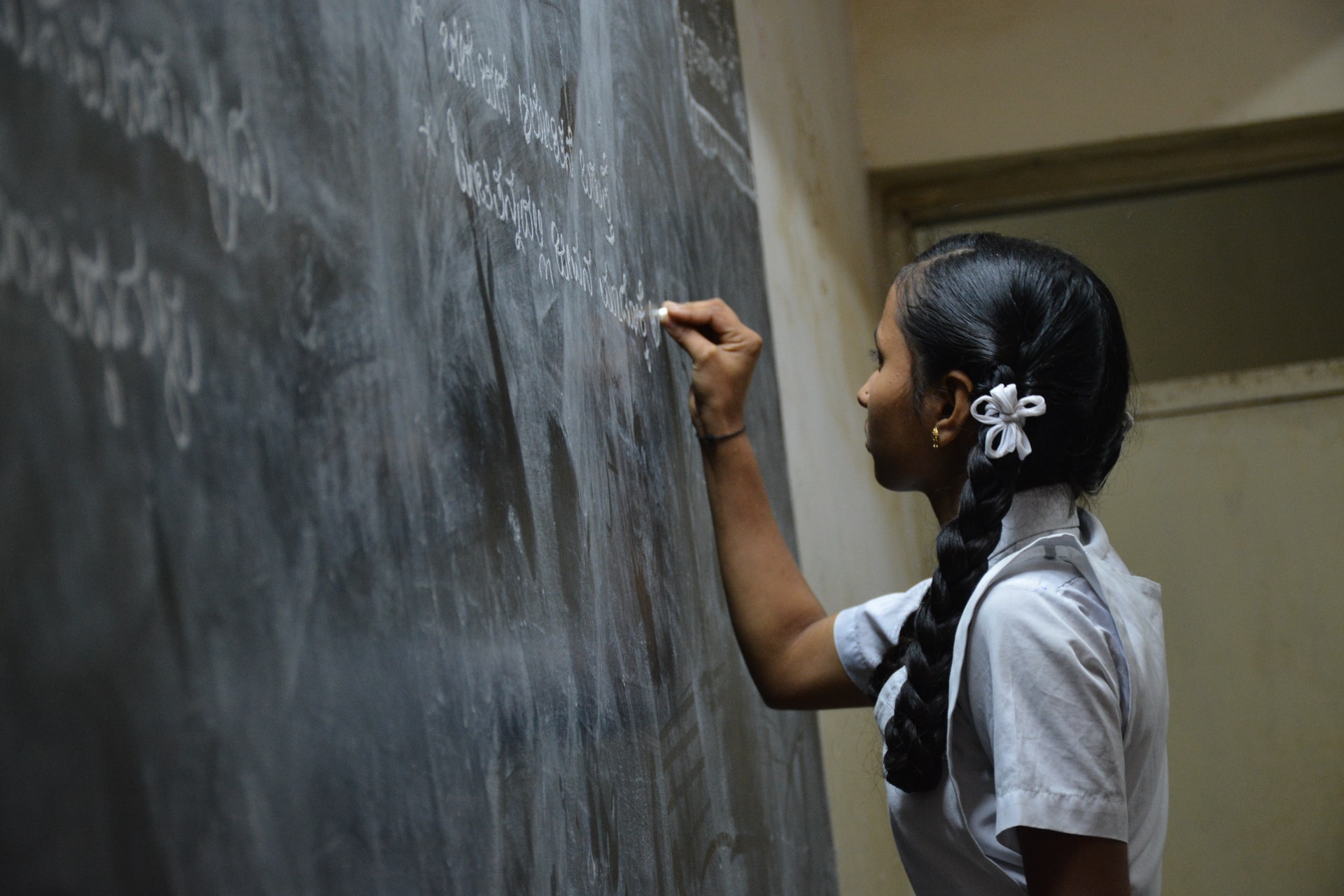 Photo by Nikhita S on Unsplash
Photo by Nikhita S on Unsplash
As a society, we learn about the world and advance our well-being through science and engineering. The United States may be known around the world for its higher education, but compared to many other leading and steadily emerging countries, we lack a strong focus on educating scientists and engineers. One significant reason that we have fallen behind is that we do not encourage our female students to pursue career paths in Science, Technology, Engineering, and Math (STEM).
This needs to change, as the lack of women in STEM will continue to plague our country until all students, regardless of sex, have adequate opportunities to explore math and science throughout elementary, middle, and high school. If we want to attract the best and brightest minds into the fields that will move us forward, we must look to all of the population. More women can contribute to our field, and we can help make that happen. Below are a few strategies for how we can help.
- 0 Comments
- Sep 8, 2021 10:00:00 AM
- Posted by Maria Alejandra Calcetero
- Topics: Robotics, EdTech, STEM, Education, 21st Century Classroom, students, Technology, STEMchat, WomeninSTEM, Edchat, girlsinSTEM, k12, coronavirus, covid19, disinfection robots, Automation, virus-free, virus, disinfection
Can Robotics Teach Problem Solving to Students?
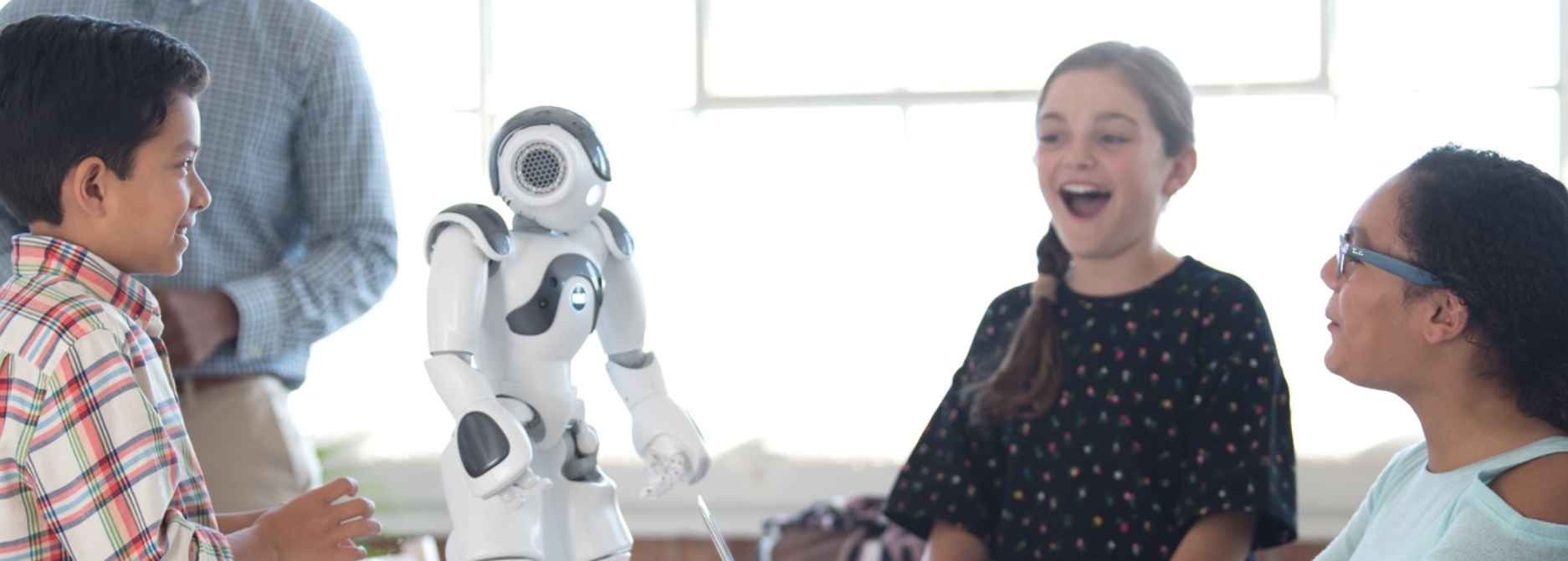
Critical thinking and problem-solving skills are essential to success at university and in later life. However, the traditional classroom model has done a poor job of imparting these skills to students. The way children have learned in the classroom for generations has focused on lectures and worksheets. Past generations would depend on group sports, clubs, and teenage jobs to impart these vital skills to students.
However, new ideas suggest that robotics may hold the key to teaching problem-solving skills to students. Using robots to teach real-world skills may be a strange concept, but is it worth exploring? We think so and here’s why.
- 0 Comments
- Sep 7, 2021 10:00:00 AM
- Posted by Maria Alejandra Calcetero
- Topics: Robotics, EdTech, STEM, Education, 21st Century Classroom, Technology, STEMchat, Edchat, k12, coronavirus, covid19, disinfection robots, Automation, virus-free, virus, disinfection
How to Ensure Classroom Air Safety During COVID-19
By Steve Daniel, President, UV Health Group.
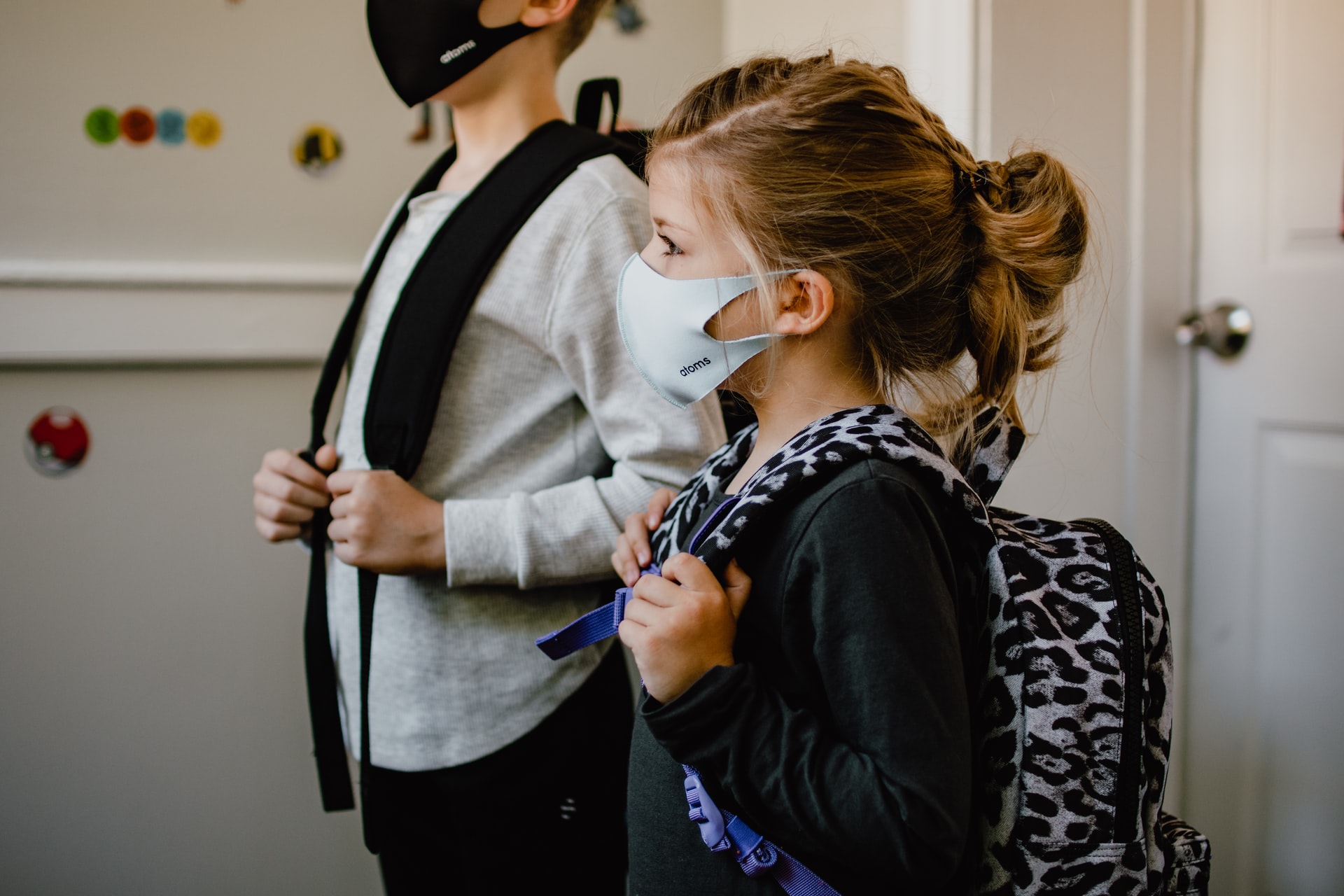 Photo by Kelly Sikkema on Unsplash
Photo by Kelly Sikkema on Unsplash
Comparing the efficacy and value of HVAC, HEPA, and UVC systems is a good place to start when analyzing classroom air safety as in-person learning resumes.
- 0 Comments
- Sep 3, 2021 10:00:00 AM
- Posted by Maria Alejandra Calcetero
- Topics: Robotics, EdTech, STEM, Education, 21st Century Classroom, Technology, STEMchat, Edchat, k12, coronavirus, covid19, disinfection robots, Automation, virus-free, virus, disinfection
Will Robots be Good Teachers?
By Tiffany Harper
People have long been fascinated by how robots work. And as technology is improving, it also offers new development opportunities for the robotics industry. There are already robots that are considered the future of logistics, while others are used to welcome and greet patients at many hospitals.
But according to the best paper writing service, robots could make their entry in the educational domain too.
- 0 Comments
- Jan 19, 2021 10:00:00 AM
- Posted by Natalia Galvis
- Topics: Robotics, EdTech, STEM, Curriculum, teachers, Robots,, students, Technology, Expeditions, Edchat, Digital Technology, teaching, online, covid19, lessons, eLearning
Robots as Learning Companions During a Pandemic
By Tiffany Harper
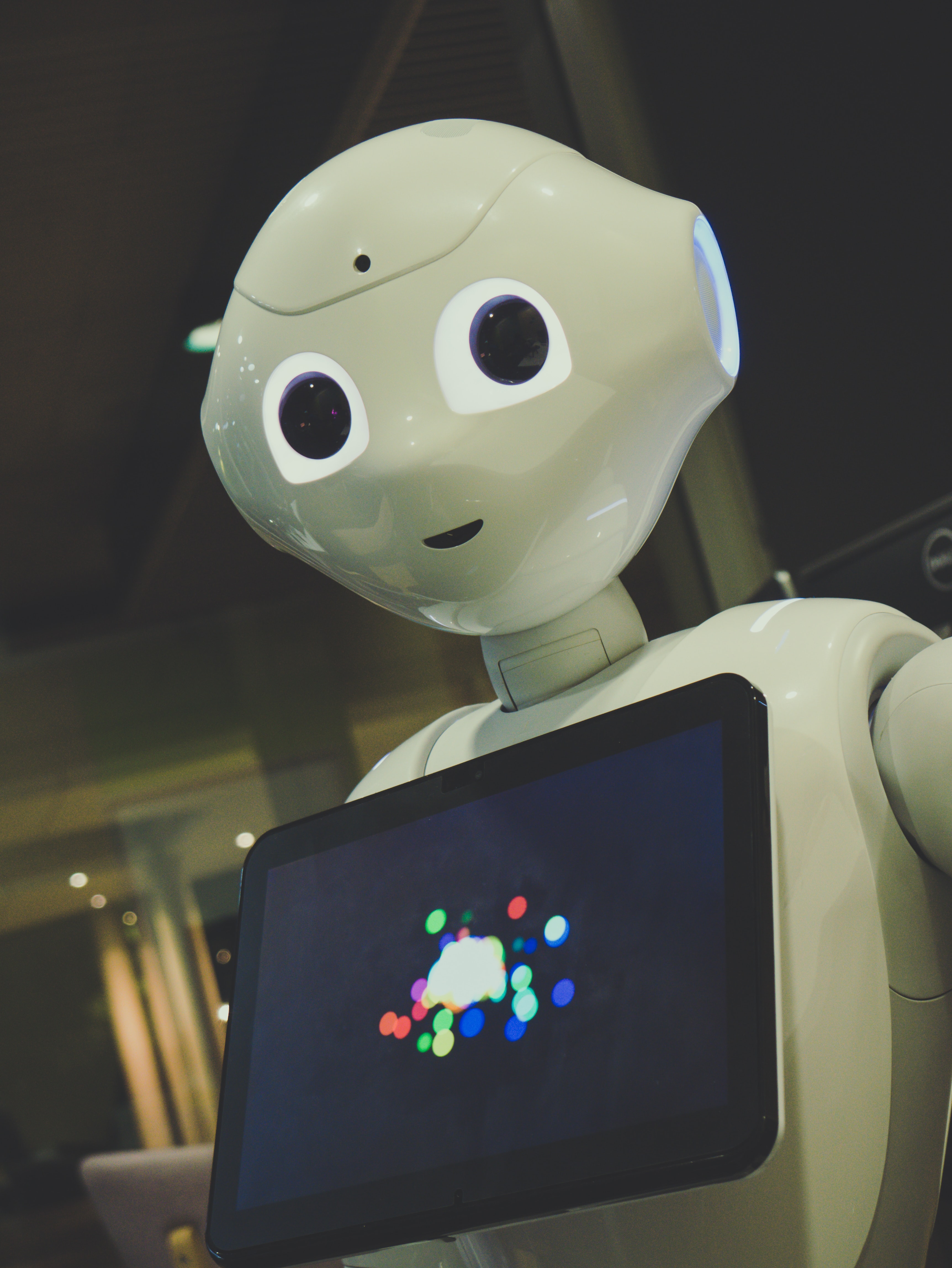 Photo by Owen beard unsplash
Photo by Owen beard unsplash
There have been many consequences of the COVID-19 pandemic already. The concept of social distancing was nonexistent before the pandemic, but it's something that we all have to live and work by now. Everybody is now subjected to the use of a nose mask while also trying to keep a distance of 6 feet from the persons around them. It’s a lot to live by, yet the world has not changed.
Industries and companies have responded to the gap which Covid creates in different ways. People that can afford to work remotely are working remotely, but then goods delivery has to continue, someone needs to clean the workplaces, and people need to receive medical attention. All of these require close interaction that the world can’t afford now, thanks to the virus. That’s why the world is now turning to robots to fill the void.
- 5 Comments
- Jan 15, 2021 10:00:00 AM
- Posted by Natalia Galvis
- Topics: Robotics, EdTech, STEM, Curriculum, teachers, Robots,, students, Technology, Expeditions, Edchat, Digital Technology, teaching, online, covid19, lessons, eLearning
Education Security Gaps Schools Should Know About in 2021
 Photo by Philipp Katzenberger on Unsplash
Photo by Philipp Katzenberger on Unsplash
As the Fall semester winds down, schools need to apply lessons from this year to the next. 2020 has been an unusual year for education but, for all its difficulties, it can serve as a jumping-off point for schools. Perhaps more than anything, this year has emphasized the importance of thorough cybersecurity.
- 0 Comments
- Nov 14, 2020 11:00:00 AM
- Posted by Natalia Galvis
- Topics: STEM, students, Technology, Edchat, coronavirus, online, covid19, lessons, cybersecurity
Why Fostering Creativity is so Important and How EdTech Can Help
When we think of creativity, most of us will readily associate it to art, from painting to composing music to writing fiction. But the act of being creative is much more than that: a person can be a creative thinker even if they never pick up a paintbrush or a musical instrument.
 Photo by Alice Dietrich on Unsplash
Photo by Alice Dietrich on Unsplash
You are being creative when you decide on a catchy slogan for your product; you are being creative when you pitch your own idea for a small business; and most of all, you are being creative when you are presented with a problem and come up with a unique solution.
In a world where having original ideas sets humans apart from machines, thinking creatively is more important than ever and educators have a responsibility to foster, not stifle their students’ imagination.
- 0 Comments
- Oct 16, 2020 10:00:00 AM
- Posted by Natalia Galvis
- Topics: EdTech, STEM, students, Technology, Edchat, coronavirus, online, covid19, lessons, creativity
3 Ways Schools Are Reopening With the Help of Technology
COVID-19 presents a unique challenge for any business or institution that typically holds a large number of people. As schools reopen and try to stay open through the waves of the pandemic, technology plays a big role. Whether it's in-person, online or a hybrid model, technology is what makes learning during the pandemic possible.
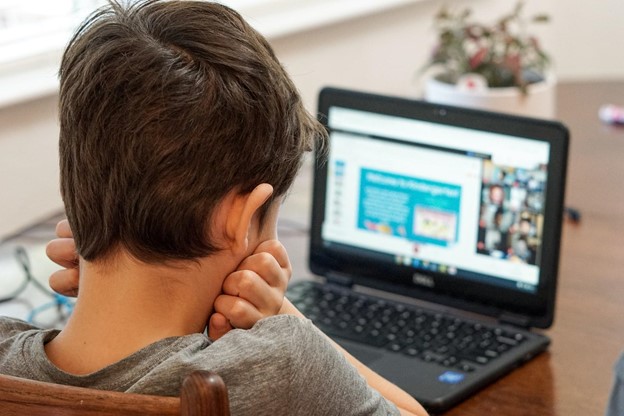
- 0 Comments
- Oct 13, 2020 10:00:00 AM
- Posted by Natalia Galvis
- Topics: STEM, students, Technology, Edchat, coronavirus, online, covid19, lessons
Relevant Posts
- Augmented Reality: A Tool for Teaching Students Robot Programming
- Fostering Innovation Through Youth Education in STEM and EdTech
- How Parents Can Foster STEM Learning Beyond the Classroom
- How Robotics Cultivates a Deep Understanding of Mathematics in Students
- RobotLAB Receives EDTech Chronicle 2023 ‘BESTIE’ Award for Landmark Partnership with American Samoa Dept. of Education.
Subscribe to Email Updates
-
I Want To Learn MoreADDITIONAL INFORMATION

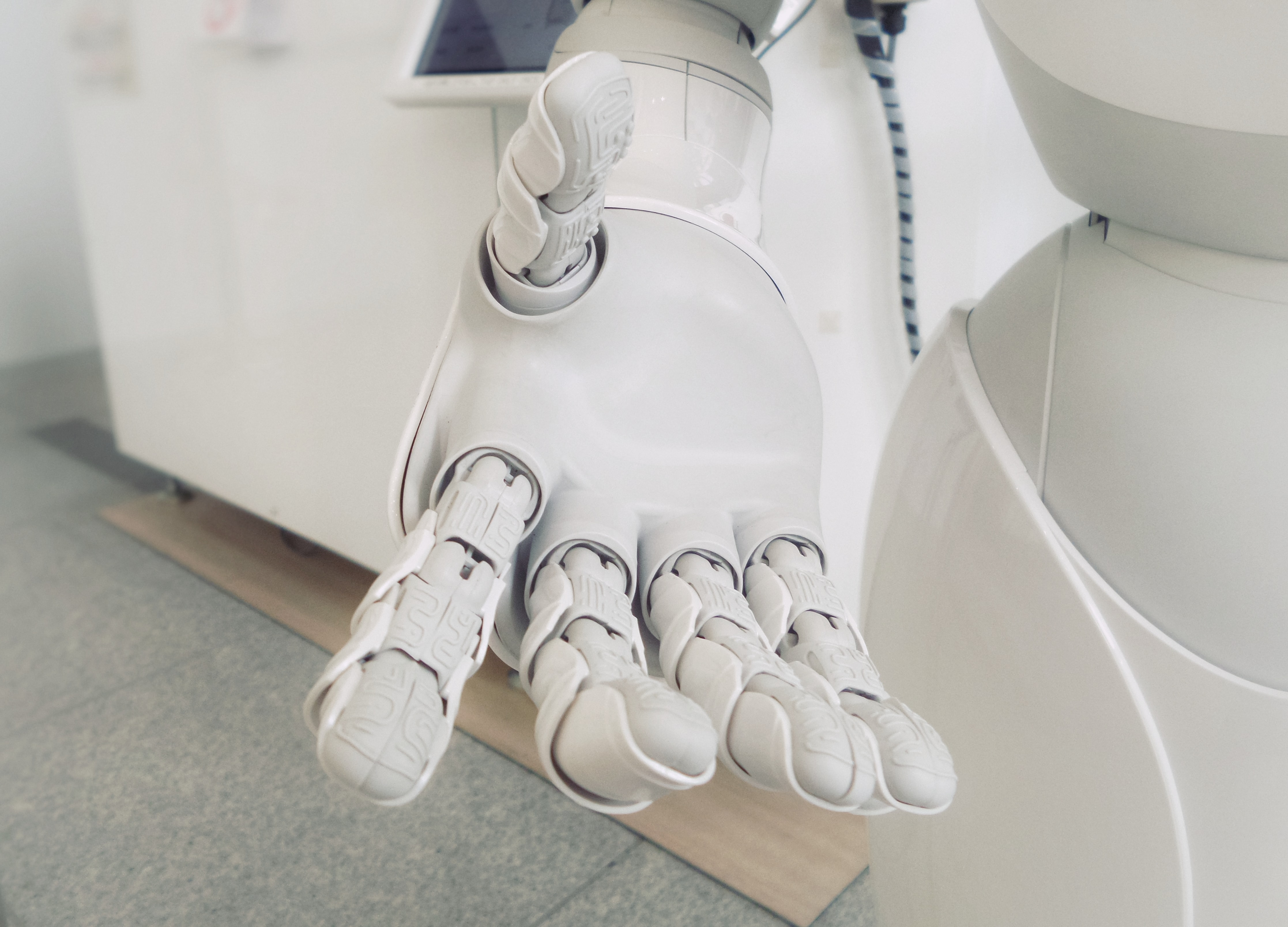 By
By